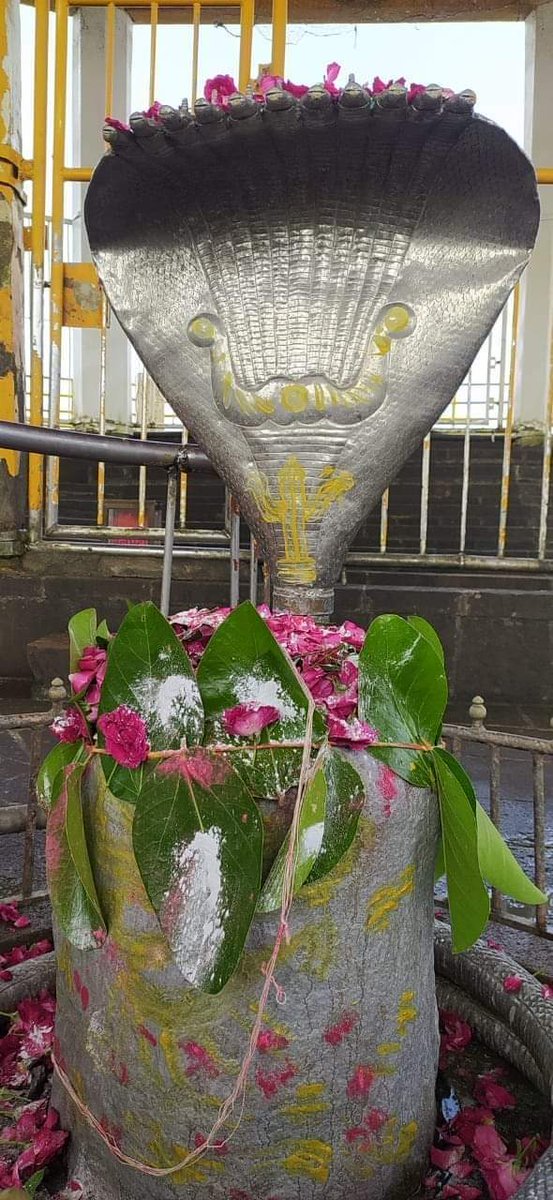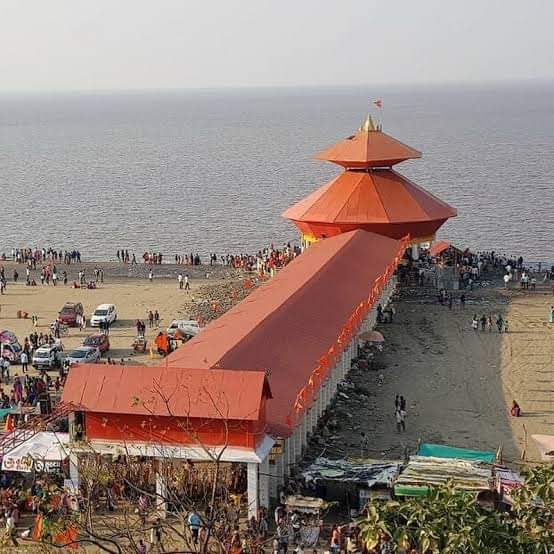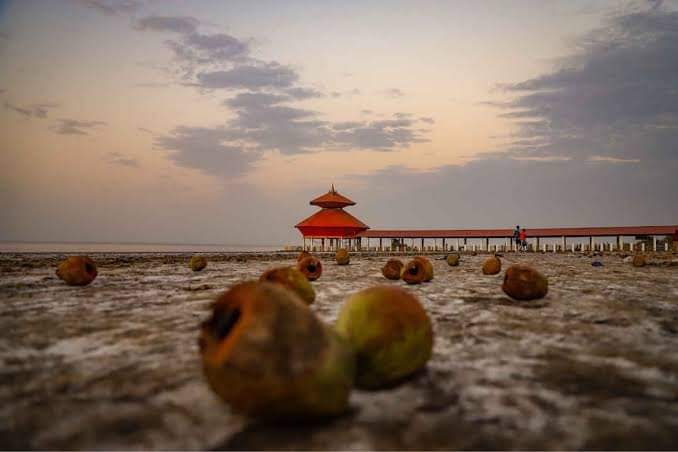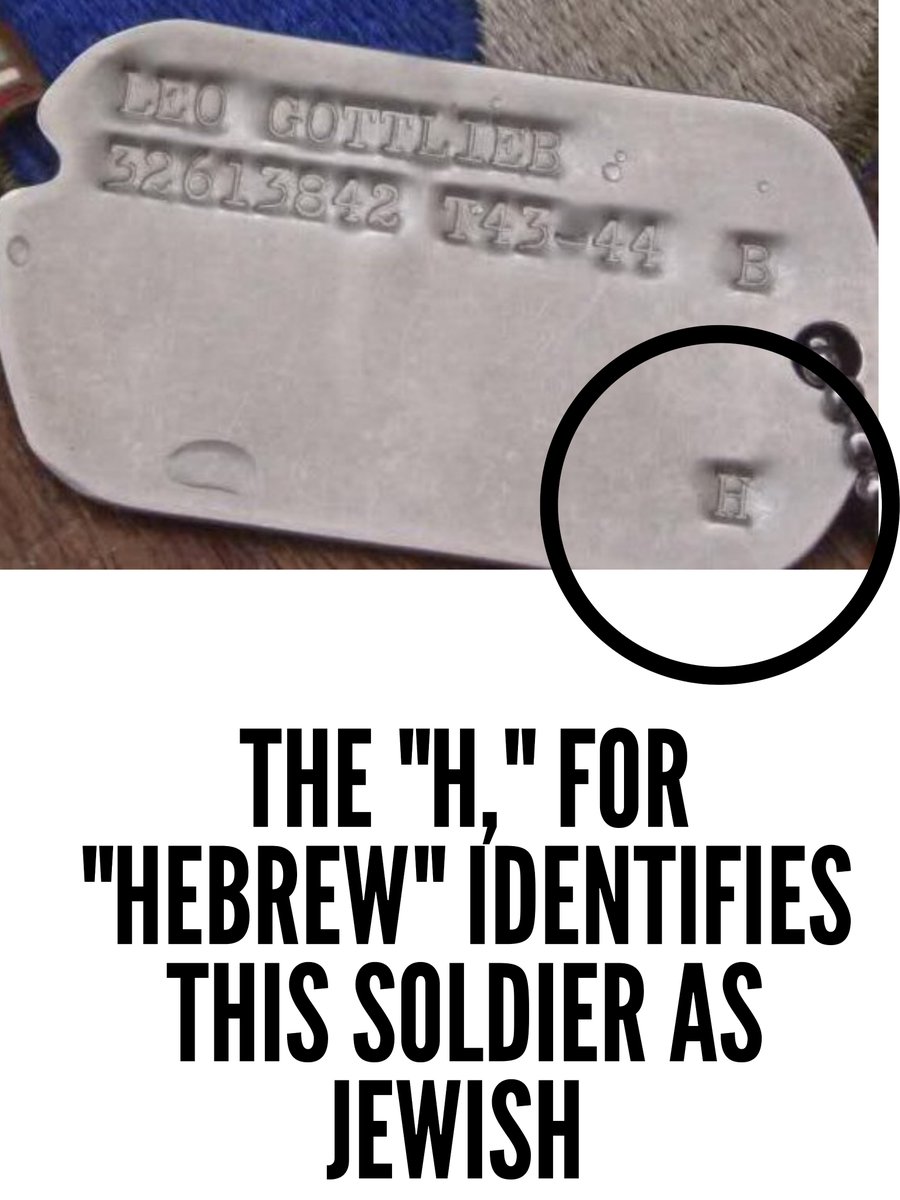With that said, for my frog and frog-adjacent bros and sisters:
OK I am going to be tackling this as surveillance/open source intel gathering exercise, because that is my background. I blew away 3 years of my life doing site acquisition/reconnaissance for a certain industry that shall remain unnamed and believe there is significant carryover.
If I did thred on finding/acquiring decent raw land would that be something pepo are interested in
— Ovcharka (@ouroboros_outis) January 18, 2021
I think I know a bunch of weird tips/tricks for selection at this point that it might help u guys, lemme know
With that said, for my frog and frog-adjacent bros and sisters:
Zillow is obvious one, but there are many good sites like Billy Land, Classic Country Land, Landwatch, etc. and many of these specialize in owner financing (more on that later.) Do NOT treat these as authoritative sources - trust plat maps and parcel viewers.
Okay, everyone knows how to google "raw land in x state" but there are other resources out there, including state Departments of Natural Resources, foreclosure auctions, etc. Finding the land you like is the easy part. Let's do a case study.
Note: visible power, power/fiber pedestal, utility corridor, nearby commercial enterprise(s), and utility pole shadows visible.
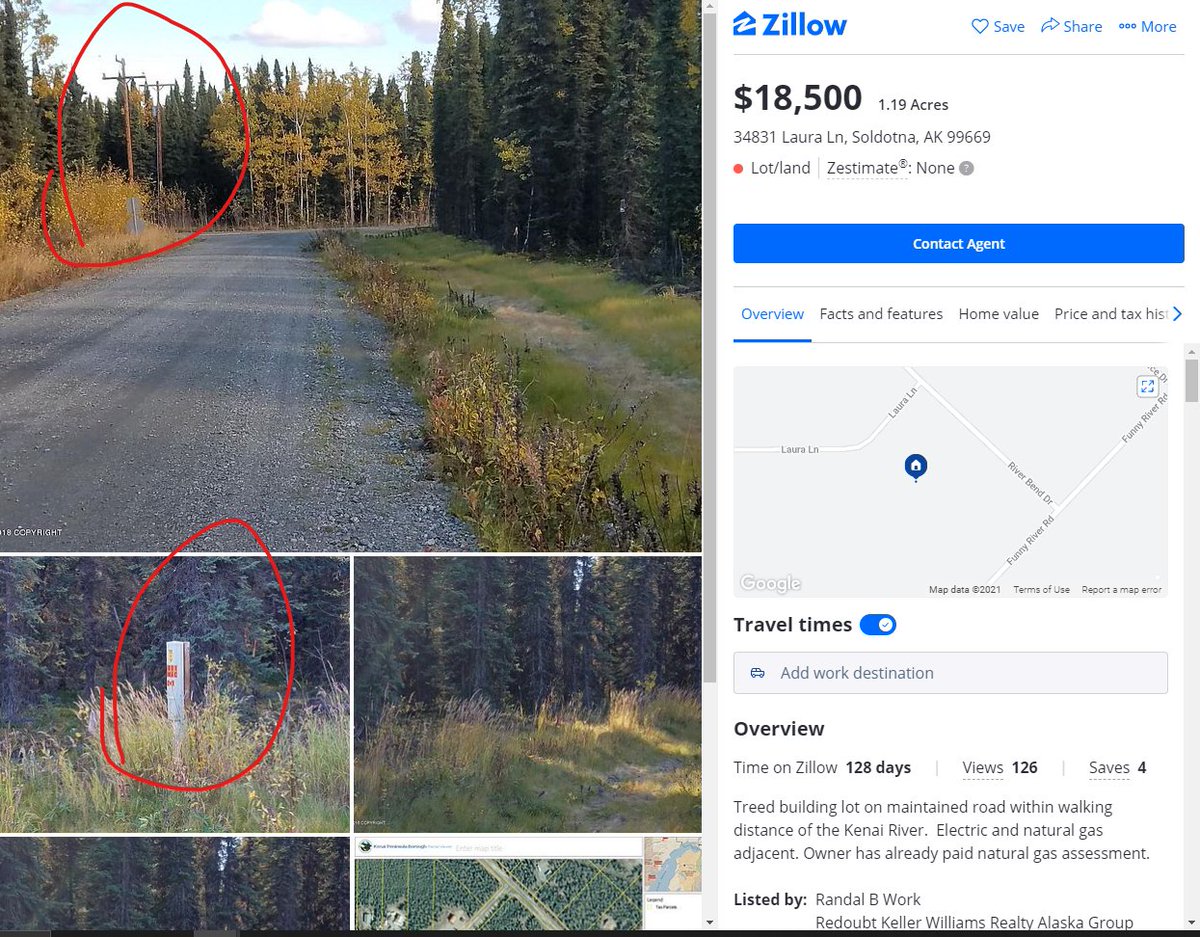
Everyone knows what a transformer looks like, even if you don't know you know. This is where a transmission or distribution line jumps down in voltage to "consumer" voltage. This is a good sign.
Note the conduit casing down the length of pole.
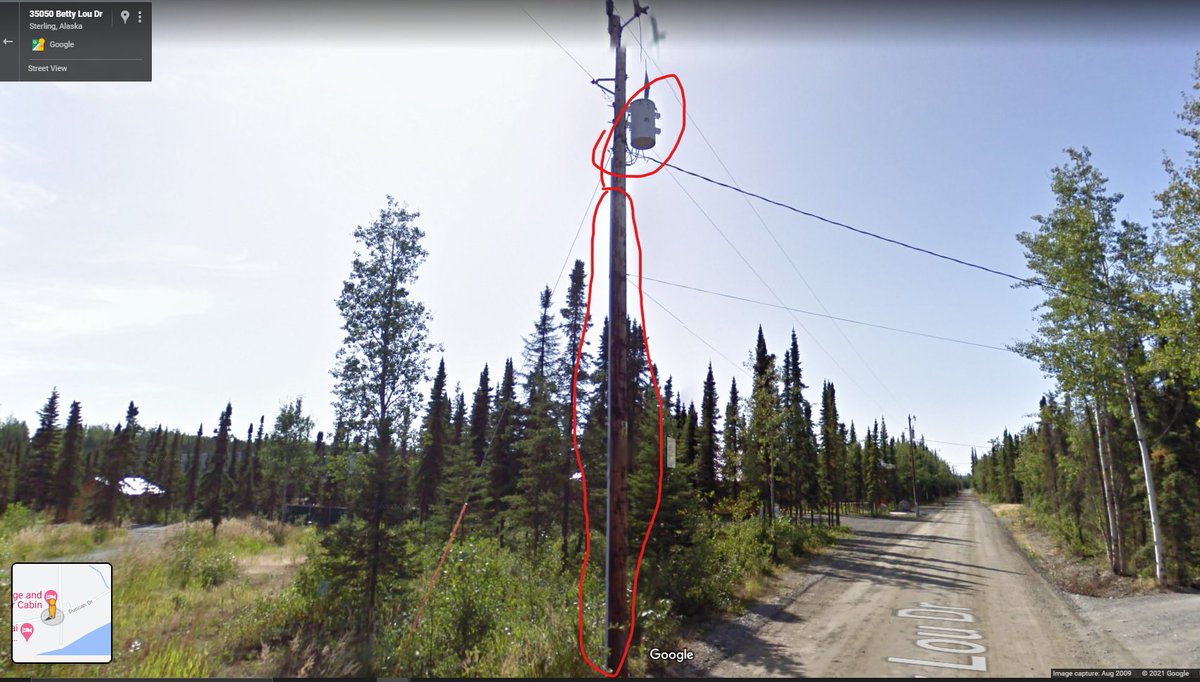
Now for fiber, for my work-from-home homesteaders - I had to pan over a bit to find this, but this is a good indicator that *someone* is pushing wired internet in the area.
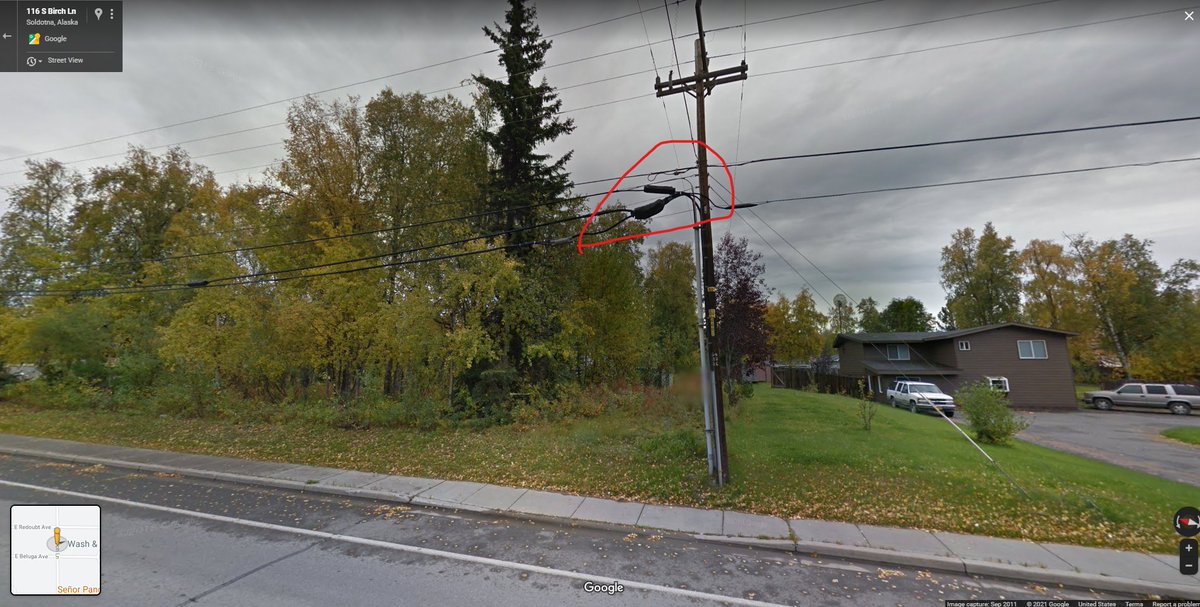
Many ISPs will have coverage maps as well.
I designed these networks for years. If a tower is nearby, you can prob get internet.
Hey there's our parcel ID number! We can use this to look up tax info at the county/borough level. Kenai's site is down right now but just imagine all the owner info appearing here.
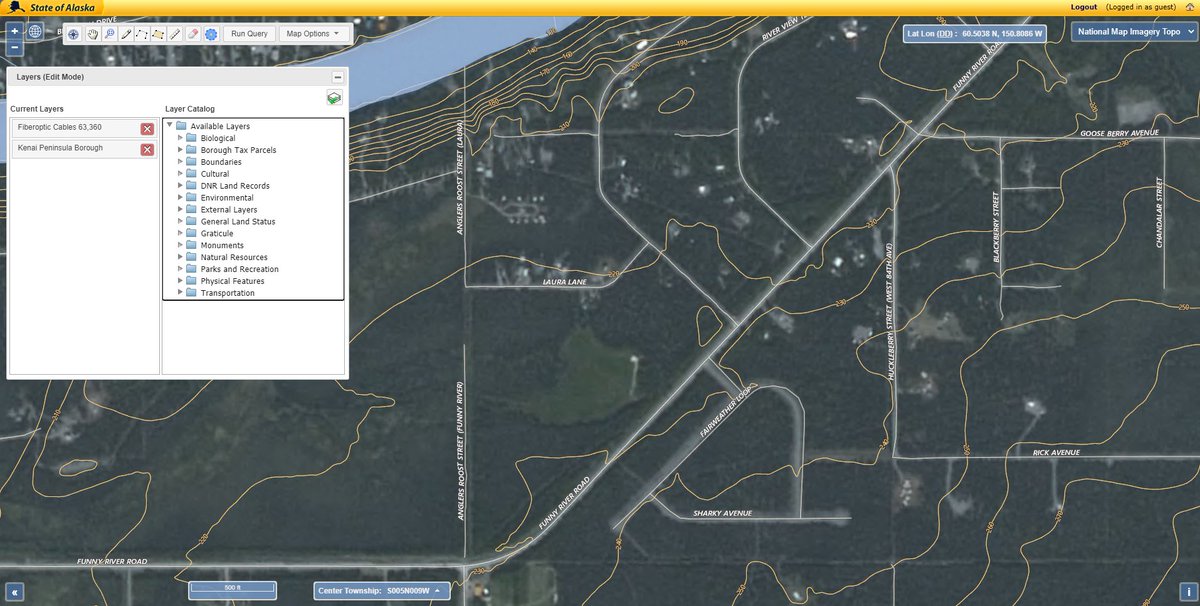
If you prefer, you can do this yourself in QGIS.
Saves us a lot of travel time and getting our hopes up.
Look at all we can grow in central Kenai!
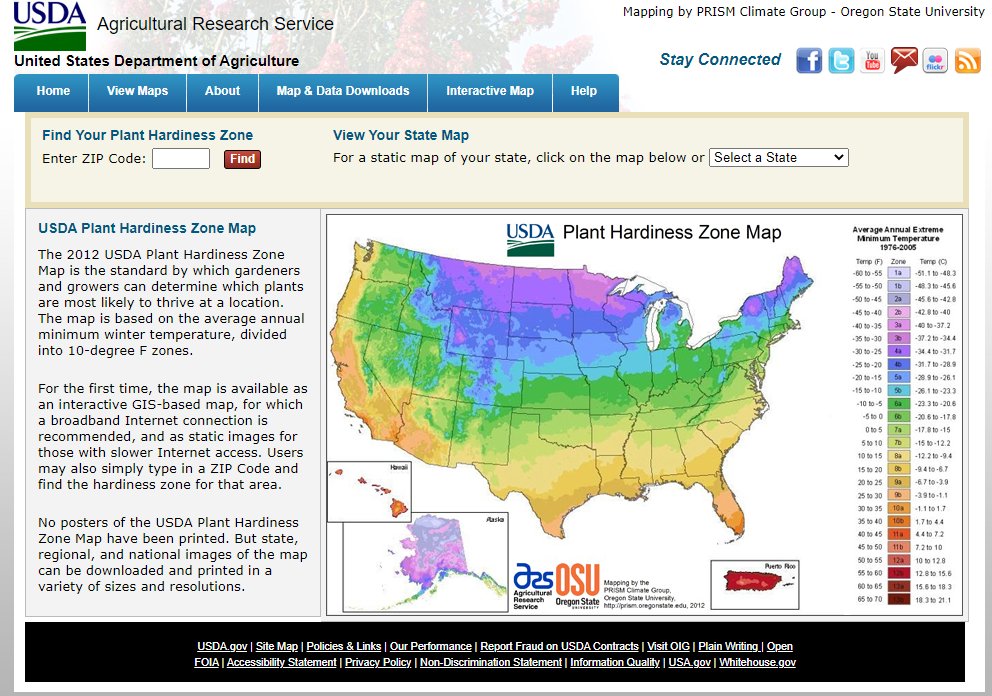
It's important to avoid wetlands because in many parts of the country they can be considered protected habitats for waterfowl. They're also a PAIN to remediate.
Wetlands are obvious indicator septic will not work -
But a lot of properties are not so fortunate. Many I looked at in Oregon last year had well depths of over 900'. Not a typo - 900+ feet.
You should also check for deeded - in writing - access.
These can usually be determined via the plat of survey, which you should dig up for every property you look at.
More from Education
This is the steady stream of propaganda that's going to be hitting us daily, selling "deprogramming" and "re-education" as normal and reasonable, attempting to convince us that the Biden-Harris side is the good-guy side, admittedly 'backed by corporate billionaires'.
Don\u2019t know who this dude is but he broke that shit DOWN!! Listen especially the ones that need to hear it!! pic.twitter.com/gSZno2yaRh
— Leslie Jones \U0001f98b (@Lesdoggg) January 17, 2021
















